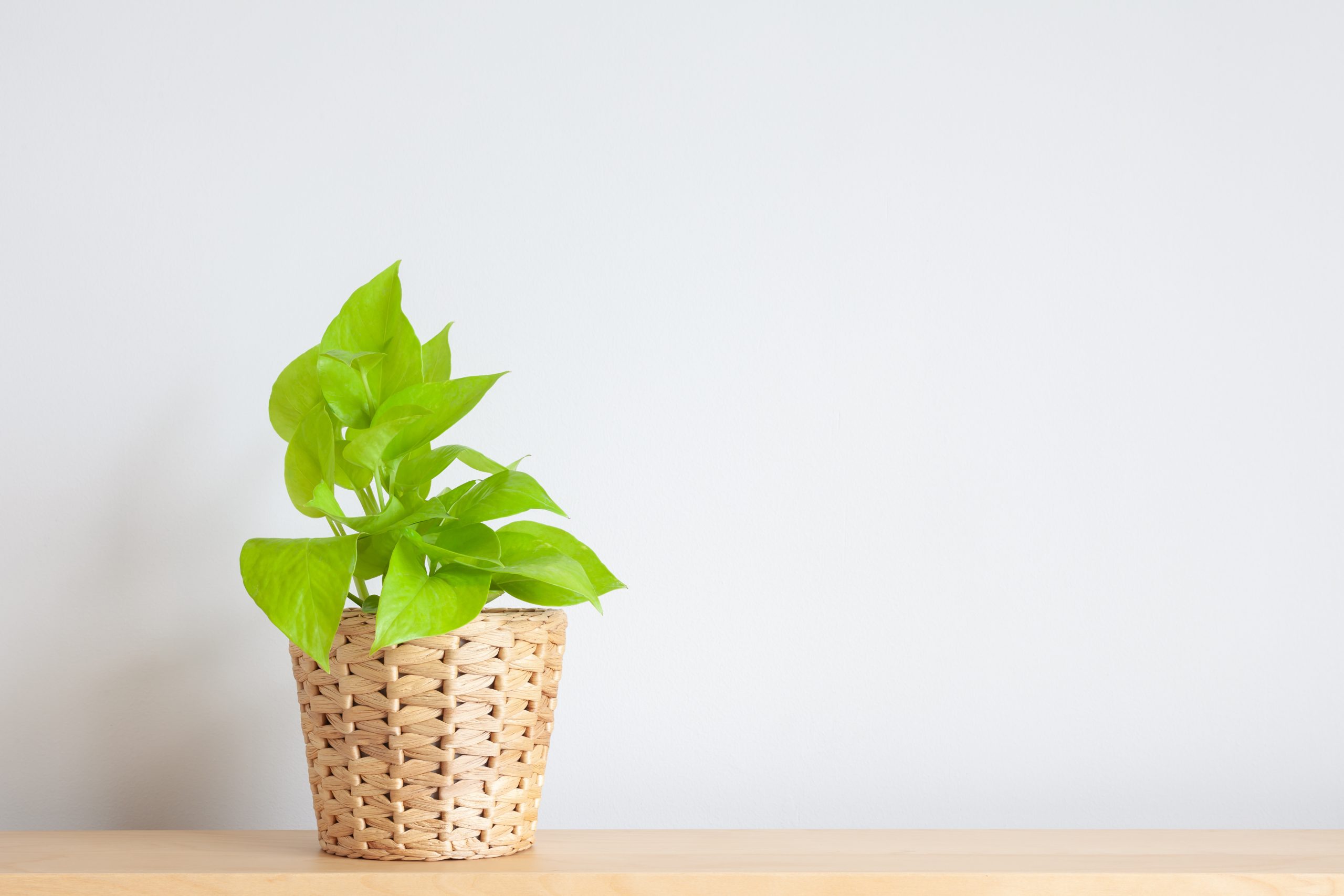In 1969, a group of scientists led by Nancy Jack Todd and her husband John set out to combine ecology, architecture, agriculture, and renewable energy into a harmonious system of sustainable farming. Housed under a futuristic dome on a plot of land in Cape Cod, they created their “living machine”, a blueprint for efficient, green living. Although inspired by the counterculture of the 1960s, the New Alchemy Institute (NAI) was not a commune, but a scientific experiment years ahead of its time.
In addition to their farming dome, the NAI also created two “arks” in Cape Cod and Prince Edward Island in Canada, which pioneered “off-grid” living and green building techniques. The homes optimized solar and wind power and were constructed in a way that best captured the energy of the sun to nourish the humans, plants, and even fish that lived within the structures.
Although the Reagan era eventually failed to support the continuation of the NAI, the institute’s legacy is the foundation for modern ecosystem restoration and sustainable living movements. The scientists optimized their relationship with the environment around them to prove that humans can indeed survive cohesively with their fellow ecosystems.












